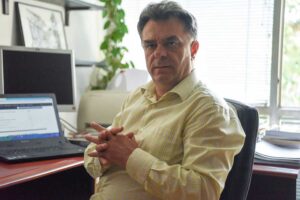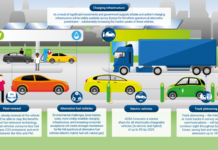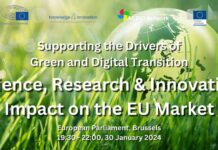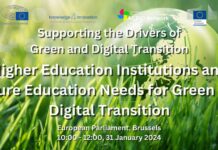The head of this working group is Prof.Dr. Ljubomir Kekenovski (Faculty of Economics-UKIM, Skopje)

He is a Fulbright Scholar at MIT/ Harvard, USA on Entrepreneurship and now present professor of “Economics of the public sector”,” Industrial policy” and “Economics of the public utilities and public administrations” at the University “St. Cyril and Methodius” Skopje, Republic of Macedonia. He is also Member of the Bled Strategic Forum, Member of network of economists (francophone) Cedimes Institute, Paris, France, and Member of network of experts for public administration of UN – PUMA. He was Dean of the Faculty of Economics at UKIM and led several projects in the past like EU corridors and OBOR initiative, Macedonia and the Balkan Peninsula, Economics of cultures and innovation in the Balkan region. StGalen 2016, Enhancing the Macedonian Health System through Implementation of the Public-Private Partnership, Public private partnerships in Education, Education and migration in Macedonia
A “Circular Economy and Transitions” working group is typically focused on advancing the principles and practices of the circular economy, which is an economic model designed to minimize waste, promote resource efficiency, and create a sustainable and regenerative system.
Here are some key tasks and activities that such a working group may engage in:
-
Research and Analysis: Conduct research to understand the current state of the circular economy in various industries and regions. Analyze data to identify opportunities and barriers to circularity.
-
Policy Advocacy: Advocate for the development and implementation of policies and regulations that support the transition to a circular economy. This may involve working with government agencies and policymakers to shape legislation and incentives.
-
Stakeholder Engagement: Engage with a wide range of stakeholders, including businesses, government agencies, non-profit organizations, and the public. Build partnerships and collaborations to promote circular economy principles.
-
Education and Awareness: Develop educational materials and awareness campaigns to inform businesses and the public about the benefits of a circular economy and how to adopt circular practices.
-
Circular Design: Promote the integration of circular design principles in product and service development. Encourage businesses to design products with durability, reparability, and recyclability in mind.
-
Waste Reduction and Recycling: Support initiatives to reduce waste and increase recycling rates. This may involve advocating for improved recycling infrastructure and consumer education.
-
Resource Efficiency: Work with businesses to optimize resource use and reduce waste generation in their operations. Encourage the adoption of practices such as eco-design, remanufacturing, and industrial symbiosis.
-
Circular Supply Chains: Promote circular supply chain practices, including sourcing materials from recycled or renewable sources, optimizing logistics to reduce waste, and facilitating the reuse of products and components.
-
Circular Business Models: Advocate for and support businesses in transitioning to circular business models, such as product-as-a-service, sharing economy platforms, and leasing instead of selling.
-
Measurement and Reporting: Develop metrics and tools for measuring progress towards circularity. Encourage businesses to report on their circularity efforts transparently.
-
Innovation and Technology: Encourage research and development of innovative technologies and processes that enable circularity and resource efficiency.
-
Circular Finance: Work with financial institutions to develop financial instruments and investment opportunities that support circular economy initiatives.
-
Waste-to-Resource: Explore opportunities for converting waste into valuable resources through technologies like recycling, upcycling, and waste-to-energy.
-
Circular Transition Roadmaps: Develop roadmaps and strategies for specific industries or regions to transition toward circular economy principles.
-
Monitoring and Evaluation: Continuously monitor and assess the impact of circular economy initiatives, and share best practices and lessons learned.
-
Collaboration and Networking: Collaborate with other organizations, both domestically and internationally, to share knowledge and resources, and to leverage collective efforts in promoting circularity.
-
Circular Cities and Regions: Promote circular economy concepts at the city and regional levels, helping local governments and businesses implement circular strategies to reduce waste and improve resource efficiency.
The exact focus and priorities of the working group will depend on its specific mission and objectives to facilitate the transition to a circular economy in the region. This leads to significant environmental benefits, reduced resource depletion, and economic opportunities through sustainable business practices.























